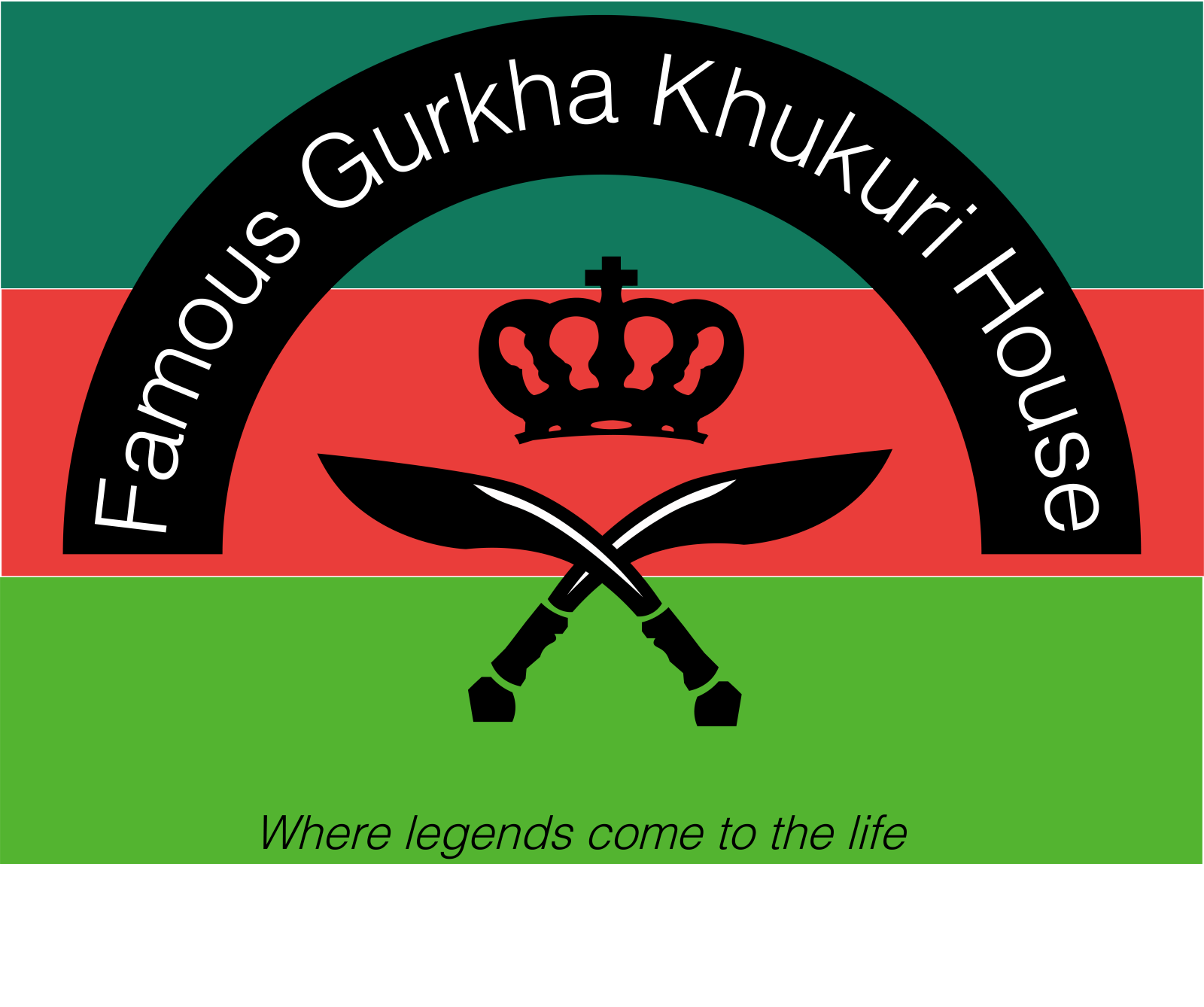The Kukri: A Fascinating Blade with a Rich History
Introduction
Have you ever come across a unique blade that instantly grabs your attention with its distinct shape and history? The Kukri is one such remarkable equipment that has captivated the imaginations of people around the world. In this article, we will explore the intriguing history, design, cultural significance, practical applications, and more surrounding the Kukri.
History of the Kukri
Origins in Nepal
The Kukri, also known as the Khukuri, traces its origins to the hills of Nepal. It is believed to have been in use for hundreds of years by the indigenous Gurkha people. This iconic blade holds a special place in the history and folklore of Nepal, symbolizing bravery, honor, and resilience.
Ancient and Legendary Associations
Legend has it that the Kukri was derived from a powerful and ancient blade called the "Kora." The Kora is said to have been used by the gods and goddesses in battles against evil forces. Over time, the Kora evolved into the Kukri, becoming an integral part of Nepalese culture and heritage.
Military Significance
The Kukri gained widespread recognition during the 19th and 20th centuries when the Gurkha soldiers displayed their exceptional skills and fearlessness on numerous battlefields. The British Army, impressed by their bravery, adopted the Kukri as an official equipment for Gurkha regiments, further solidifying its place in military history.
Design and Features
Distinctive Blade Shape
One of the most distinctive features of the Kukri is its curved blade. The inwardly curved edge, known as the "belly," transitions into a sharp tip, creating a formidable equipment for cutting, chopping, and slashing. The curvature allows for increased cutting power and efficiency, making it a versatile tool.
Full Tang Construction
Traditionally, Kukris were crafted with a full tang design, meaning the blade extends through the handle. This construction ensures strength, durability, and stability, making the Kukri suitable for heavy-duty tasks and combat situations.
Unique Handle Design
The handle of the Kukri, called the "hilt," is typically made from wood, bone, or synthetic materials. It features a distinct shape that ensures a secure grip, even in challenging conditions. The curvature of the hilt complements the blade's curve, providing balance and control during use.
Accompanying Tools
Many Kukris incorporate additional tools within their design, such as a small knife called the "karda" and a sharpener known as the "chakmak." These tools are housed within the sheath and serve various purposes, from field dressing to maintenance.
Traditional and Cultural Significance
Symbol of Bravery and Identity
Within Nepalese culture, the Kukri holds deep symbolic value. It is often presented as a token of respect, gratitude, or achievement. The blade is considered a symbol of bravery and is intricately linked to the identity of the Gurkha people, both in their homeland and around the world.
Why Choose Our Authentic Handcrafted Gurkha Khukuri
When you choose our Gurkha Khukuri, you're not just buying a blade you're embracing centuries of tradition, cultural heritage, and battle-tested craftsmanship. Each knife is a tribute to the Gurkha legacy, meticulously crafted to be both functional and symbolic. Here's what sets us apart:
- Mastery of Traditional Craft: Our Gurkha Khukuri are handmade by master Kami blacksmiths, inheritors of an age old legacy. Using recycled spring steel from trucks and railways, each blade is heat-treated, hammered, and shaped to perfection representing true resilience and Nepali pride.
-
Field Ready Design for Every Use:
Every Khukuri comes with a karda (small utility blade) and chakmak (sharpening/fire striking tool), packed in a durable leather-bound sheath. Choose between full or partial tang construction for balance and safety ideal for trekking, camping, home use, or ceremonial display. -
More Than a Tool A Cultural Artifact
This isn’t just a blade it's a living piece of Nepal’s soul. Owning one means carrying the valor of Gurkhas, the devotion of the Kami caste, and the spiritual symbolism that protects and empowers. A timeless artifact for warriors and collectors alike. -
Versatile & Respectful:
Designed for utility, legacy, and respect our Khukuris are at home in the jungles of survivalists, the temples of monks, and the display cases of collectors. Whether gifted, used, or passed down, these blades honor the cultural and spiritual traditions of Nepal.




















